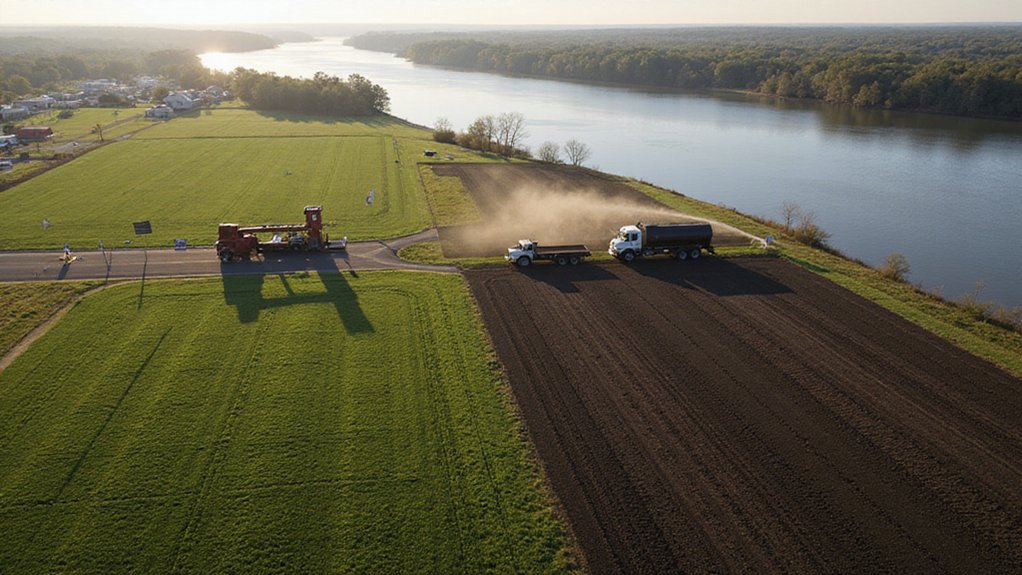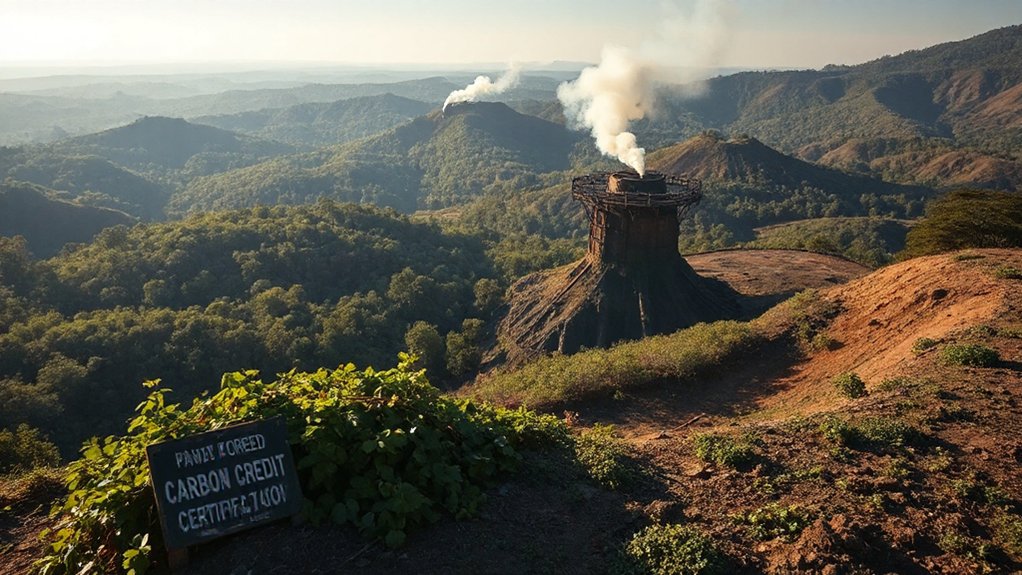The carbon credit market stands at a critical turning point in 2025. Companies have made bold climate promises, yet they’re spending less on carbon credits than before. This gap between talk and action raises concerns as key climate deadlines approach. While funding for carbon projects grows and quality standards rise, actual credit retirements have stalled. The industry now faces tough questions about whether corporate climate commitments will translate into meaningful action when it matters most.
How can a market be both booming and stagnant at the same time? That’s the puzzle of the carbon credit industry in 2025. Credit retirements have plateaued at around 175 million for the fourth year running, with corporations spending $1.4 billion on credits—down from the 2022 peak of $1.7 billion. Average prices have trended downward throughout the year.
Yet behind the scenes, funding deals for carbon projects reached $16.3 billion in 2024—a figure that’s 18 times larger than the retirement market activity. This huge gap suggests companies and investors are still betting on carbon credits for the long term, even if they’re not using many credits right now. The voluntary carbon market is projected to grow exponentially from $2 billion in 2020 to $250 billion by the end of 2025, reflecting strong investor confidence despite current stagnation.
Quality improvements are reshaping the market. Nearly half of all retired credits now meet high-integrity standards, up from just 29% in 2021. Credits with the “Core Carbon Principle” label can fetch up to $10 more in the marketplace. Both large and small project developers are improving their practices, with 56% of major developers’ credits and 65% of smaller developers’ credits now aligning with high-integrity initiatives.
The slowdown comes despite rapid growth in climate commitments. The Science Based Targets initiative validated targets for 2,732 new companies in 2024—a 65% increase from 2023. This disconnect between growing promises and flat credit usage suggests companies may not feel urgency to act on targets that are years away.
Negative publicity about low-quality projects has cooled market enthusiasm. The landscape is further complicated by changing registry market dynamics as established players lose dominance to new entrants. Buyers are becoming more selective, creating a split between premium and standard credits. Some companies are choosing quality over quantity when purchasing credits.
Market watchers believe carbon credits may become more popular as 2030 climate deadlines get closer. The growing focus on integrity standards and the premium pricing for high-quality credits point to a market that’s maturing, even if it’s currently frozen in place. Despite current stagnation, experts project the market could grow to between USD 7 to 35 billion by 2030, driven largely by voluntary corporate actions and compliance markets.
For now, carbon credits remain at a crossroads between promise and performance.
References
- https://www.sylvera.com/reports/state-of-carbon-credits-2024-report
- https://www.msci.com/www/blog-posts/frozen-carbon-credit-market-may/05232727859
- https://www.ecosystemmarketplace.com/publications/2024-state-of-the-voluntary-carbon-markets-sovcm/
- https://www.carbon-direct.com/research-and-reports/state-of-the-voluntary-carbon-market-2024
- https://abatable.com/reports/voluntary-carbon-market-overview-2024/








